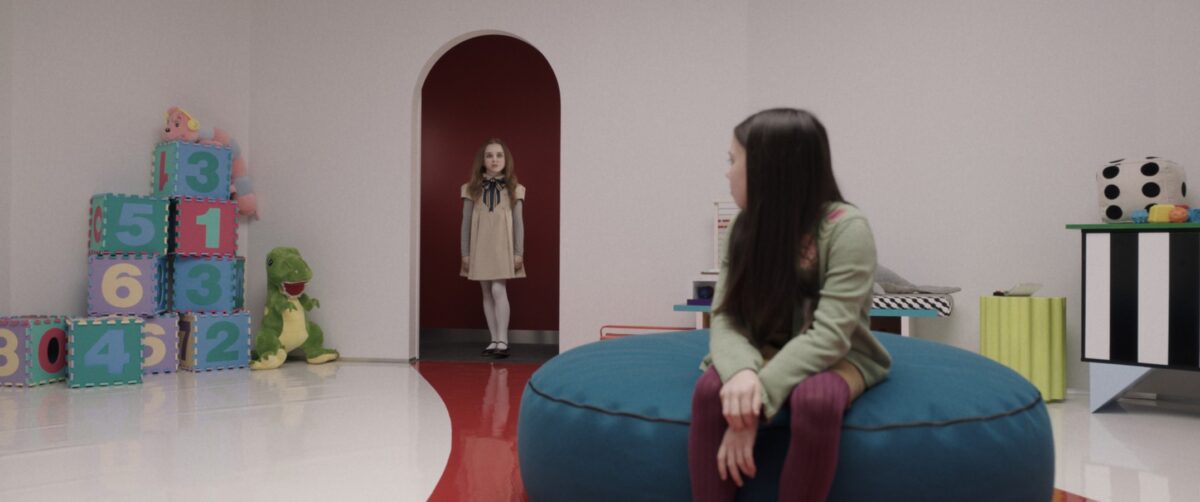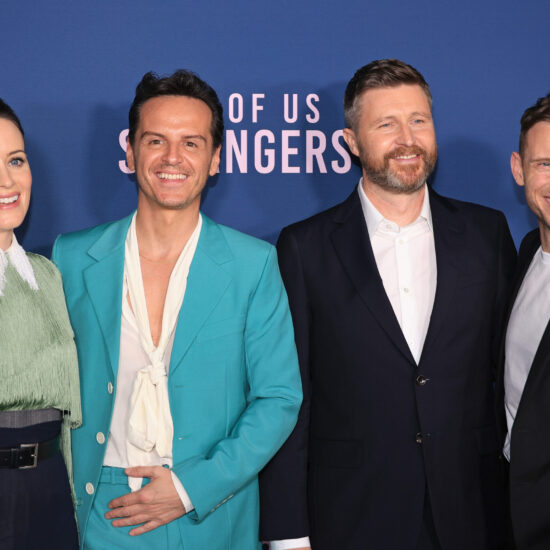
Finally, some real numbers to assess the value of PVOD play for studios. And it’s a revelation.
Top executives from Universal recently spoke at length to the New York Times, stating that the studio grossed $1 billion in less than three years (starting in July 2020). That’s when it began placing most of its films on PVOD after their third weekend (after 31 days if one opens to over $50 million).
Theatrical box office is reported daily; judging actual VOD revenue, to put it charitably, is a crapshoot. Premium Video on Demand (usually $19.99 for a 48-hour rental) and VOD (ranging from $3.99-6.99, though normally $5.99) can only be judged by their relative position on charts from platforms like iTunes, Vudu, and Google Play.
At IndieWire, we convey PVOD performance from the charts those three platforms provide on a weekly basis (here’s last week’s report, for instance), but they provide only rankings with inconsistent metrics (Vudu charts by revenue, others by transactions).
Beyond the interesting details in the Times story (like tallies of over $50 million for “Jurassic World: Dominion,” “The Croods: A New Age,” and “Sing 2,” and a surprising $25 million for “News of the World” and “M3GAN”), the figures allow a better sense of the benefits to Universal. (Of note: Though not verified, a publicly traded company is required to be truthful in financial reporting.)

For studios, VOD’s primary appeal is a revenue share of nearly 80 percent; with theaters, it’s close to 50/50. (Also: When Universal launched its three-week VOD policy in July 2020, theaters reportedly received slightly better terms).
Since the pandemic, domestic box-office revenue for Universal (including its Focus division) is around $3.5 billion. That’s ahead of #2 Disney (including Searchlight) with $3.2 billion.
Add Universal’s PVOD revenue, and the total is $4.5 billion. (PVOD includes some from the U.K., where windows are longer and the VOD platforms are less advanced. Universal sources tell IndieWire that it accounts for a small amount over the $1 billion reported.)
In revenue terms, POV adds about 30 percent. But wait — it gets better for Universal.
Its estimated theatrical film rental — best guess — is around $1.8 billion. PVOD comes to around $800 million. That’s 44 percent more.
With the industry’s most aggressive PVOD program and the most movies (53 releases since January 2022), Universal has taken in the lead in box office. That also creates a virtuous cycle: The aggressive PVOD program makes it easier for them to produce more films.
Three years ago, then-NBC/Universal president Jeff Shell announced its PVOD policy and AMC and Regal owner Cineworld suggested boycotting the studio. Universal mollified them with a deal — and today, while theaters may not love PVOD, more movies benefit theaters.
Beyond theatrical exclusivity, the move to PVOD often sustains box office LINK since home marketing can also benefit the theaters still playing the film. That reinforces the idea that much of the PVOD audience rarely goes to theaters, and theater audiences would rather pay $20 for two tickets than the same amount for home viewing.
The PVOD boost seems particularly important for Focus releases. Production and marketing costs for Focus releases are far below those of other Universal titles. With $5 million in PVOD revenue, around $4 million comes back to the studio. That’s the equivalent to about $8 million in theatrical gross, far more than most specialized titles take in. That makes it easier to greenlight these titles.

Family films, a huge part of Universal’s recent success, seem utterly unharmed in their theatrical totals. After grossing $75 million, “Puss in Boots: The Last Wish” added $110 million in box office after its PVOD release. While it’s an extreme case (“Puss in Boots” benefited from many weeks of being the sole kid-friendly film in theaters), that also represents millions of people who could have more easily spent that money while staying home.
One result that could come from Universal’s revelations is to elevate PVOD in media coverage of platforms. Streaming is usually the fourth stage of release after theaters, PVOD, and VOD. But it isn’t just Universal that prioritizes PVOD, increasingly delaying streaming until all VOD revenues are maximized.
Reporting numbers — whether grosses in theaters, or subscribers for streaming sites — concentrates attention on those elements. But in terms of direct impact on a film’s financial take, PVOD results have become a critical element. Getting specific data like this is important to understanding why early streaming has become less frequent after initial elevation. It also emphasizes how essential PVOD is in our ever-changing film financial ecosystem.















